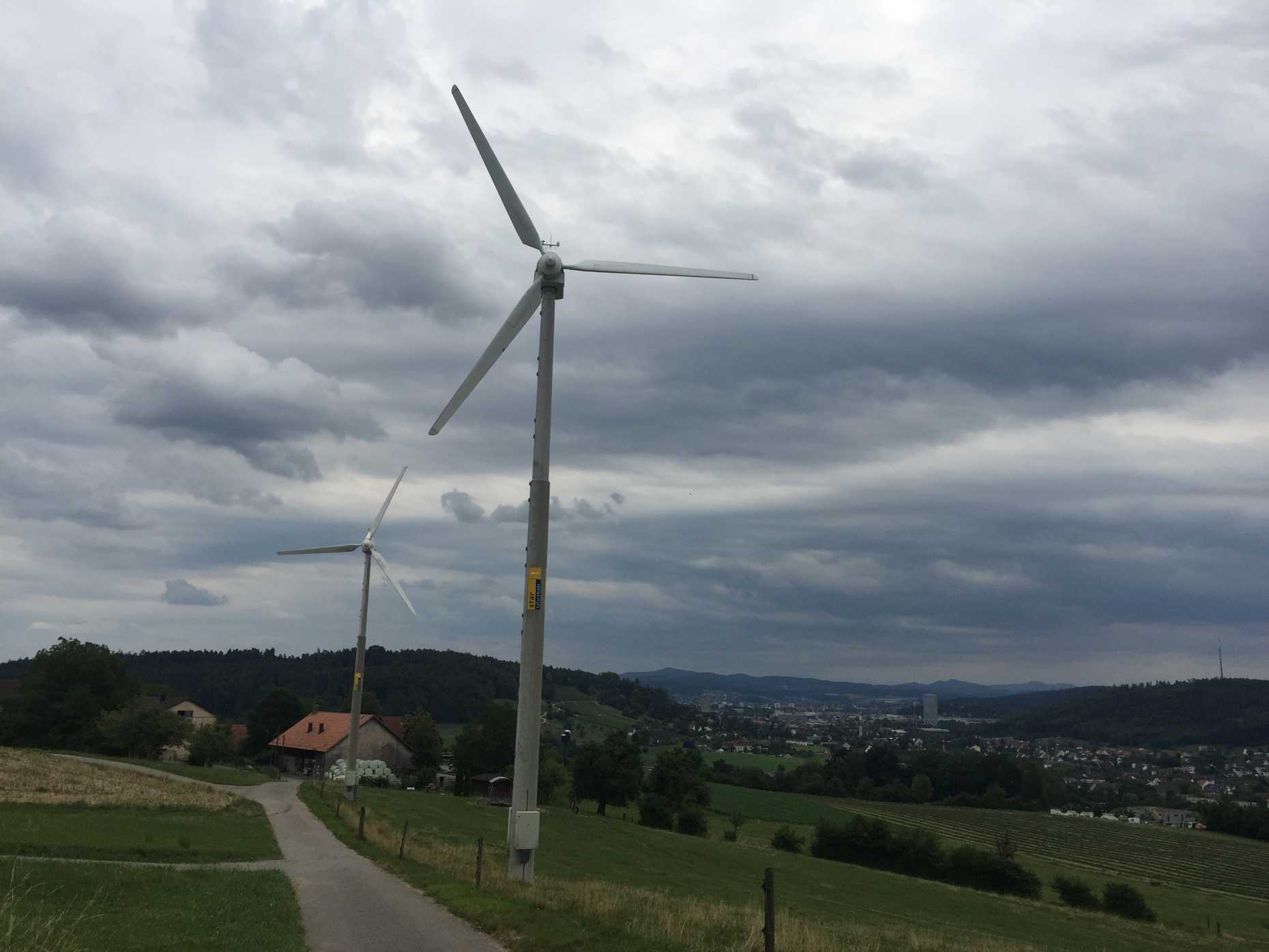Smart Monitoring System for Inspection and Life-Cycle Assessment of Critical Infrastructure
Project R' Equip
The Chair of Structural Mechanics and Monitoring (D-BAUG, ETH Zürich) has recently been awarded an SNSF Grant (Project # 2-77242-17) for investigating the interaction of components within a Wind Farm.
This is succeeded through the use of critical instrumentation that is characterized by increased flexibility, modularity and ease of use, and may consequently be exploited beyond completion of the project on further critical infrastructure components, including bridges, buildings, dams, etc.
A thoroughly instrumented case study of a Wind Turbine will serve as a benchmark.

Associated Research Work
The stages of this real-life case study pertains to (1) identifying a suitable Wind Turbine (WT), (2) on-site investigation and inspection of the WT and its components and sub-structures, (3) Measurement, communication and data acquisition system design specification, (4) identifying and acquiring the suitable equipment, (5) in-house testing of the sensors and cables before deployment to the site, (6) installation campaign, (7) validation of the sensors data and finally (8) full scale data collection and data analysis.
In collaboration with external pageAventa AGcall_made, the Chair of Structural Mechanics and Monitoring is leading a comprehensive measurement campaign on a field WT in Winterthur, Switzerland. The WT is designed and manufactured by Aventa AG. It features a rotor diameter of 12.9m at a rated power of 6.5kW, and stands on an 18m circular concrete tower. The WT has been operating for 17 years, and as such forms the perfect case study as it is so soon to reach its end of useful life of 20 years. With the purpose of monitoring the structural condition and current/future performance of the system, the measurement campaign involves the installation of low cost and easily deployable sensors and corresponding data acquisition systems on the tower, nacelle and blades. The sensors’ suit includes accelerometers, tilt-meters and strain gauges, along with tracking of operational and environmental data, and will comprise a mix of tethered and wireless technologies. Aventa AG, represented by Mr. Ueli Spalinger, has offered valuable access to the geometric (CAD Drawings) and further mechanical and structural properties of the WT, which will facilitate fusion with physics-based models (Finite Element and aero-elastic simulations), and comparison to the actually measured response. Vibration-based identification methods will be employed as the main analysis tool, for assessing the condition of the system and obtaining insights on the current performance and margin for improvement of not only this particular case-study, but WT systems at large.
This thoroughly instrumented case study will serve as a benchmark, with datasets made available to the academic and research communities. The outcome of the study forms part of the broader scope of the ERC WINDMIL project where novel methods and tools are devised for smart data harnessing, interpretation and management for optimal life-cycle assessment of these assets with the purpose of increasing safety, performance and sustainability of this renewable energy technology.
Research Framework
The R’Equip installation setup consists of a dense array of strain gauges, multi-axial accelerometers and tilt-meters along the tower, the nacelle and the drivetrain (gearbox and generator), in addition to atmospheric, environmental and wind turbine operational data (e.g. temperature, wind speed, power, RPM, pitch, etc.). The instrumentation design for the nacelle, drivetrain and tower are shown in Figures 2 and 3, respectively. In total, 65 channels will be streamed with sampling frequencies ranging from 50 to 200 Hz.
